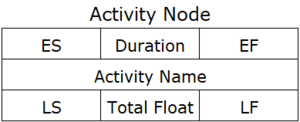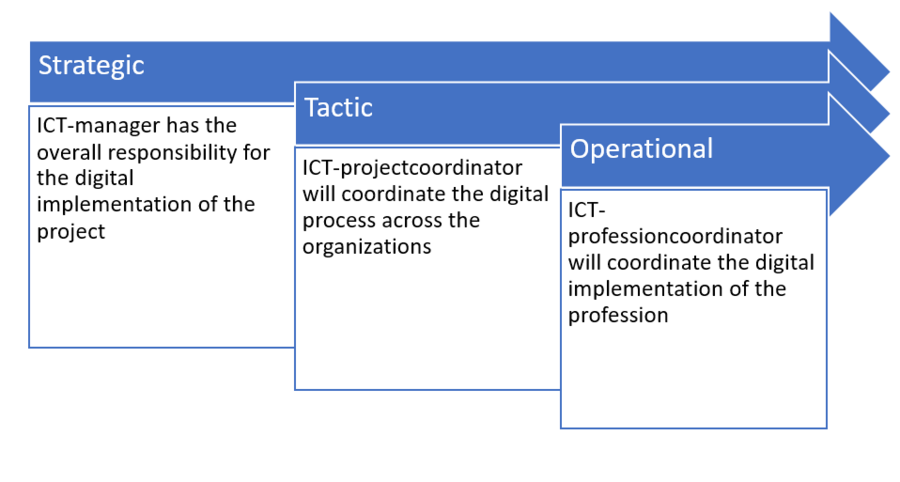Programming a project with the CPM
Contents |
Abstract
The Critical Path Method (CPM) was developed in late 1950s and became a very popular tool for Schedule Development. The method, which is broadly used by project managers, is a graphical technique which is known with the generic term Network Modeling. The Critical Path Method (CPM) is a step-by-step project management technique for process planning that defines critical and non-critical tasks with the goal of preventing time-frame problems and process bottlenecks. The CPM is ideally suited to projects consisting of numerous activities that interact in a complex manner[1].For both commercial and governmental organizations, the ability to manage projects effectively is a major contributor to an organization’s overall performance.Almost all project planning and scheduling tools on the market today use some type of PERT and/or CPM methodology as their primary underlying methodology. These two approaches are synonymous and are often interchanged or even collectively called PERT/CPM[2]. This article describes the CPM methodology and provides an example of this technique.
Big Idea
Methodology
A specific methodology has been developed for the practical implementation of this method, generally consisting of the following steps:
1. Definition of the work or actions constituting the project as a whole. It is recommended to use the Work Breakdown Structure (WBS) to identify the activities of the project.
2. Determine the sequence with which these actions must be executed.
3. Estimate the completion time of each individual work or action.
4. Planning the network of actions while respecting the requirements of the project execution sequence.
5. Determine over the network from the beginning to the end of the project, the fastest possible start and completion of each action, based on the network and completion times.
6. Determine over the network, from the end to the beginning of the project, the later start and finish of each action, based on the fastest completion time of the project identified in the previous step.
7. Determine the time that can delay any action (time interval) based on the difference in times that were found in the previous two steps.
8. Recognize and record the critical actions that are those of where the time difference is zero (0) and cannot delay. These are the critical route.
9. Use the information from steps 5 and 6 for the basics planning of the project.
It is easy to understand that the most important steps are considered to be the assessment of the completion times of the individual actions and the determining of the critical route, that is to say, the actions to be taken that cannot delay. Thus, the CPM method can be used effectively when the time completion of each individual action of the project can be assessed with relative accuracy, and it is a deterministic variable. This happens when there is satisfactory data for the approach of the aforementioned times, i.e. statistical data from similar projects, or projects where executives, responsible for the execution may be based on technical knowledge and their experience of correctly predicting completion times of the actions. Given the completion times of the individual actions, the most important steps are the design of the network and the identification the critical route. Below, there is an application of this method that follows the methodology mentioned above.
....................................................................................................................................................................................
Application
............................................ .............
..................................................................................................................................................................................................................................................................................................................
........................................................................................................................................
Limitations
References
- ↑ http://whatis.techtarget.com/definition/critical-path-method-CPM / TechTarget
- ↑ https://www.pmi.org/learning/library/going-beyond-critical-path-method-6297 / Project Management Institute

